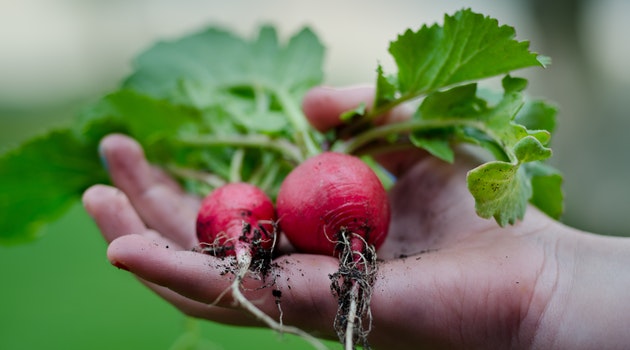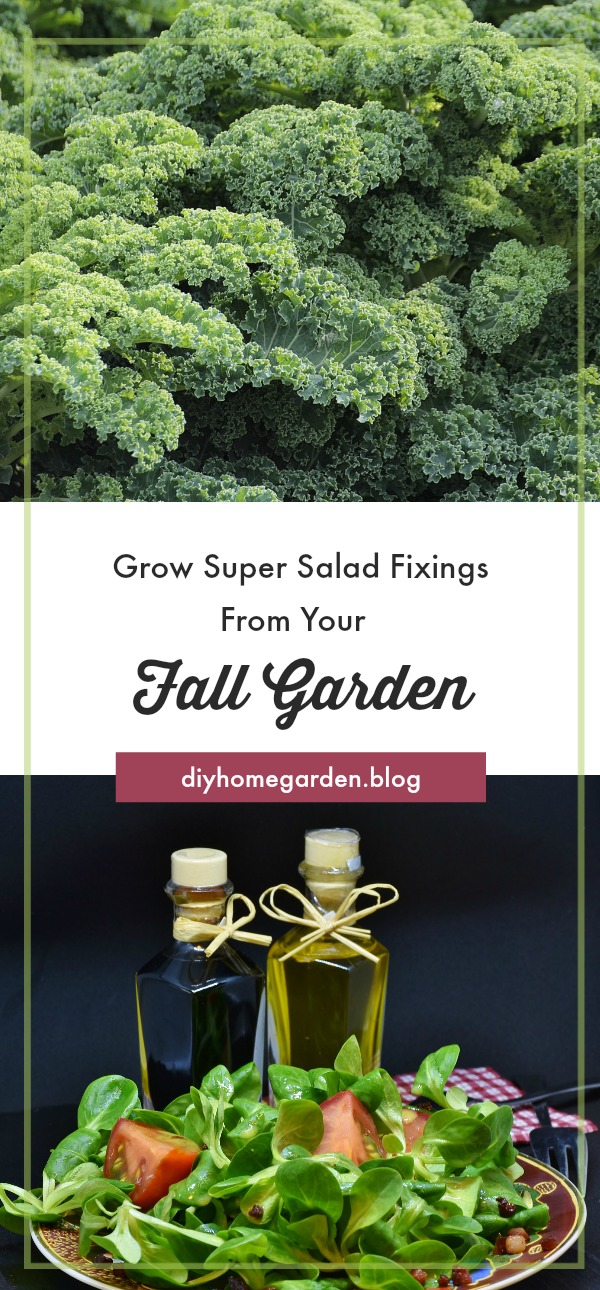Radishes are an easy-to-grow vegetable plant with edible root portions.
The radish has a crisp texture with a spicy flavor that is transferable in any food preparation. More than just a salad ingredient, radishes are a nutritious addition to any meal of the day.
They’re usually eaten raw but can as well be cooked in soups, braised, or deep-fried. The taste varies depending on the variety and cultivar and storage conditions, such as soil type and after-harvest processing.
Radishes are now popularly grown on a small scale because of their role as agroforestry plants, which are considered effective in fighting soil erosion.
Are Radishes Good for You?
Radishes are a good source of vitamins C and K, folate, copper, and manganese. They have slightly more calories than turnips—a 1-cup serving of red radish contains 40 calories, while the same amount of cooked turnip greens has about 35 calories.
They’re very low in sodium with no cholesterol and rich in trace mineral silicon.
Doctors note that dietary silicon is an essential nutrient for healthy connective tissues, joints, and strong bones.
Some radishes have healthful effects on the cardiovascular system, such as anti-clotting activity and reducing cholesterol in blood vessels. Besides, this root veggie can help reduce inflammation and colon cancer risk due to glucosinolates’ anticancer compounds.
Radish nutrition facts
When consumed raw, the nutritional value of radishes include the following:
| (for ½ cup sliced raw radishes) | |
| Protein | 0.35 g |
| Calories | 12 calories |
| Dietary Fiber | 1 g |
| Carbohydrates | 2.0 g |
| Folate | 15.66 mcg |
| Potassium | 134.56 mg |
Benefits of Eating Radishes
- Lowers risk for colon cancer considering their high fiber content, which helps prevent colorectal cell changes.
- Helps improve vision and reduce redness in the eyes courtesy of the beta-carotene in them.
- Improves heart health through the enhanced circulation of blood.
- Helps reduce blood pressure by improving the vascular function of arteries.
- Lowers blood sugar level given their low carbohydrate content.
- Helps prevent weight gain and obesity by increasing metabolism.
- Used as an anti-fungal and antibacterial agent for wounds and cuts.
Radish leaves have also been traditionally used in many herbal preparations as a poultice to alleviate rheumatism and infectious skin ailments.
How to Grow Radishes
- Radish seeds can be planted in late spring or early summer after the last frost date of your area.
- Sow them about ½” apart and 1½-2″ deep with two rows per hill. As they grow, thin them out to about 4″-8″ apart and remove the thinnings.
- Radish plants need full sun exposure with a well-drained soil or container mix to produce the best flavor and texture.
- The pH level should be around 6 – 6.5 for optimum growth.
- Water them regularly just as the seeds germinate, then reduce watering once they’re established, especially if the summer is hot.
- Collect the radishes regularly when they reach maturity to keep them producing new ones and thin out any thinnings at that time.
- If you want to store them, wait until about 2 weeks before the first expected frost date for your area and remove some of the soil from each root so they can breathe to prevent molding.
- Towards the end of summer, sow radishes again for a fall harvest and repeat the entire process to keep harvesting in late fall or early winter.
Types of Radishes
There are two main radish categories based on the time of harvest: Spring radishes and Winter radishes.
The two groups can also be divided by shape with round or elongated varieties, which may be subdivided into smaller categories.
Take a look at the radish variety guide below to learn more about each type.
Spring Radishes (April-June Harvest)
- Early Scarlet Globe—has a mild flavor and is good for fresh eating, salads, and stir-fries.
- Cherry Belle—produces small white globes with pink shoulders; sweet when young; milder when fully grown.
- Easter egg—a relatively new variety, it’s very uniform in shape and size with dark red skin.
- Elegant Rose—produces large globe-shaped radishes that are tender and mild when eaten fresh but spicy when cooked.
- French Breakfast—stringless radish; the name is derived from its use in the 1970s when it was served to French schoolchildren for breakfast. Their parents would boil, peel and eat them to help with digestion before school.
- Icicle—small cylindrical radishes; they have a mild flavor which is not as hot or peppery as other varieties; generally considered the best variety for cooking because of their size and shape.
- Himalayan Pink—radishes have white skin and pink flesh. These are very popular in the Netherlands, United Kingdom, and Germany. Home canners use prefer these radishes for pickling because of their firmness.
- Intermediate Orange—an improved version of Icicle with a larger size and better yields; suitable for both fresh eating and cooking.
Winter Radishes (October-January Harvest)
- Autumn Cross—produces crisp, light pink radishes that are hot when eaten fresh but have little heat when cooked.
- Daikon—a giant version of the Japanese winter daikon radish has been grown since 400 BC in China.
- Giant Black Spanish—produces large, crisp radishes that turn from dark purple to black when fully mature; popular in Spain and other Eastern European countries.
- Golden Globe—at about 3 inches long with a mildly spicy flavor, this variety is grown both for its roots and leaves; the white flesh turns green when cooked.
- Slicing White Icicle—produces small, light pink globes that are mild and tender when eaten fresh; not good for cooking.
- Watermelon—has bright red skin with white flesh; sweet and juicy when cooked.
How to Store Radishes
Radishes can be stored in the refrigerator and will last for 3-5 days. You should place them in a plastic bag or container with holes poked into it so that the air can flow through, rather than tightly wrapped, as this may cause them to turn moldy and bitter tasting.
Use the roots within a few days of removing the tops. Do not wash or peel them until you are ready to use them. Otherwise, they will lose their crispness and flavor.
The Takeaway: Radishes Are Ideal for Your Spring or Fall Garden
If you want to plant a spring or fall garden, consider trying a crop of this savory root vegetable. You’ll find many varieties to suit your tastebud. Besides, they are easy to grow and provide valuable nutrition. Give them a try!



